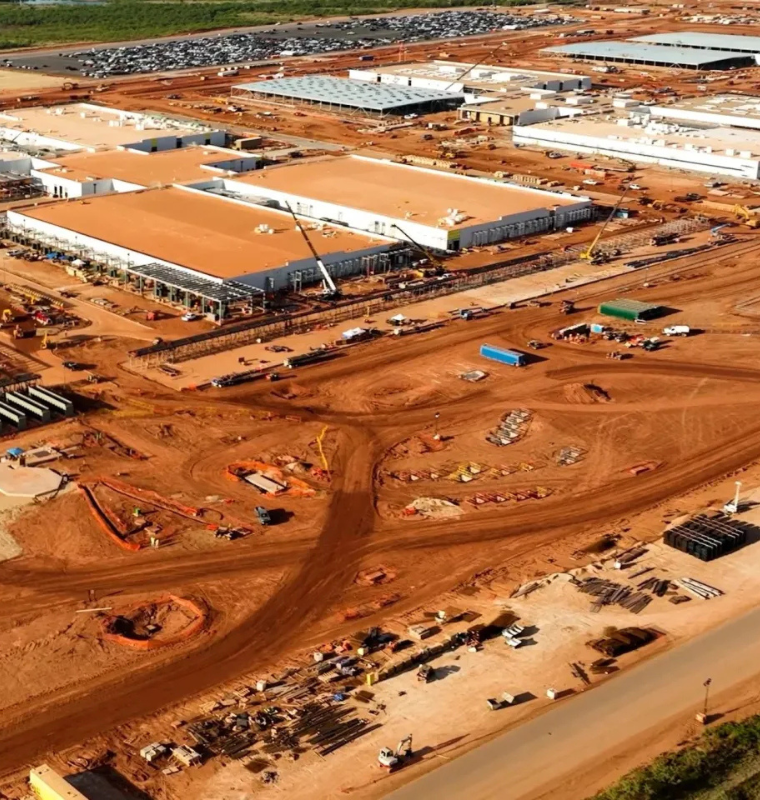Russia Declared a Lasting Security Threat as EU Leaders Push for ‘Drone Wall’ Defense
Russia Declared a Lasting Security Threat as EU Leaders Push for ‘Drone Wall’ Defense
By
Leah Rosenfeld
Last updated:
October 1, 2025
First Published:
October 1, 2025

Photo: Asian News from UK
Russia’s growing shadow over Europe
European leaders are intensifying their warnings about Moscow’s aggressive posture, with Luxembourg’s Prime Minister Luc Frieden labeling Russia “a permanent threat to European security.” His remarks follow a surge of airspace violations across Eastern Europe in recent weeks, underscoring the urgency of bolstering continental defenses.
Poland, Romania, and Estonia have each reported Russian drones and jets straying into their airspace. Denmark also confirmed multiple drone-related incidents last week, raising concerns that Moscow may be testing European defenses. NATO officials argue that these incursions are not isolated but part of a larger pattern of hybrid warfare designed to intimidate neighbors and destabilize the region.
A continent preparing but not at war
Despite rising tensions, Frieden stressed that Europe is not at war with Russia, though it cannot afford to ignore Moscow’s provocations. “There’s a certain kind of provocation that we have to take seriously,” he explained. While he emphasized the need to avoid direct conflict, he also delivered a firm message to the Kremlin: “There is no chance of conquering Europe, and no chance of re-establishing a Soviet Union.”
EU leaders increasingly believe Russia’s tactics go beyond military maneuvers. The term “hybrid war” has been used by European Commissioner for Economic Affairs Valdis Dombrovskis, pointing to Russia’s use of drones, cyberattacks, disinformation campaigns, and energy pressure as part of a broad strategy to weaken Europe’s unity.
The drone wall: Europe’s defensive gamble
At the center of the upcoming EU security discussions is the idea of constructing a “drone wall” along the bloc’s eastern border. The proposal, championed by NATO Secretary General Mark Rutte, envisions a multilayered defense system capable of intercepting low-cost drones before they penetrate European airspace.
The urgency is clear. Dutch F-35 fighter jets were deployed to Poland in recent weeks after Russian drones repeatedly crossed into its territory. The challenge lies in the economics of drone warfare. While Russian drones can be deployed for just a few thousand euros each, Europe often spends hundreds of thousands — sometimes millions — on advanced missiles to neutralize them. “We cannot keep spending millions on taking down drones that cost a fraction of that,” Rutte noted, stressing the importance of cost-effective countermeasures.
Challenges and skepticism around implementation
Although the idea of a drone wall has been welcomed as a necessary step, experts warn it is unlikely to be operational anytime soon. German Defense Minister Boris Pistorius has publicly acknowledged that such a system would not be ready for at least three to four years, raising concerns about Europe’s vulnerability in the meantime.
Defense analysts argue that Europe has historically moved too slowly in upgrading its deterrence capabilities. The rapid rise of drone warfare in Ukraine has already demonstrated how decisive — and disruptive — unmanned systems can be on the battlefield. Critics say the EU must accelerate procurement and innovation if it wants to avoid falling behind Russia’s evolving tactics.
A test of Europe’s unity and resolve
For many leaders, the debate over the drone wall represents more than a technical defense project — it is a test of Europe’s ability to adapt to a shifting security environment. If implemented effectively, it could become a cornerstone of European air defense, reducing reliance on costly missile systems and providing a visible deterrent against Moscow.
But the initiative also exposes deeper questions: Can Europe act quickly enough? Will member states pool resources to create a unified defense, or will fragmented national approaches slow progress?
As Russia continues to probe Europe’s borders, these questions take on new urgency. For now, the continent finds itself walking a fine line — determined to defend its sovereignty, but wary of escalating into direct confrontation.
Popular articles
Subscribe to unlock premium content
Why Consumers Buy Limited-Edition Fashion and Beauty Products

How K-Beauty Changed the Global Skincare Industry and Consumer Expectations

How Streetwear Became a Billion-Dollar Industry From Niche to Mainstream

Why Consumers Buy Limited-Edition Fashion and Beauty Products

How K-Beauty Changed the Global Skincare Industry and Consumer Expectations

Why Consumers Buy Limited-Edition Fashion and Beauty Products









